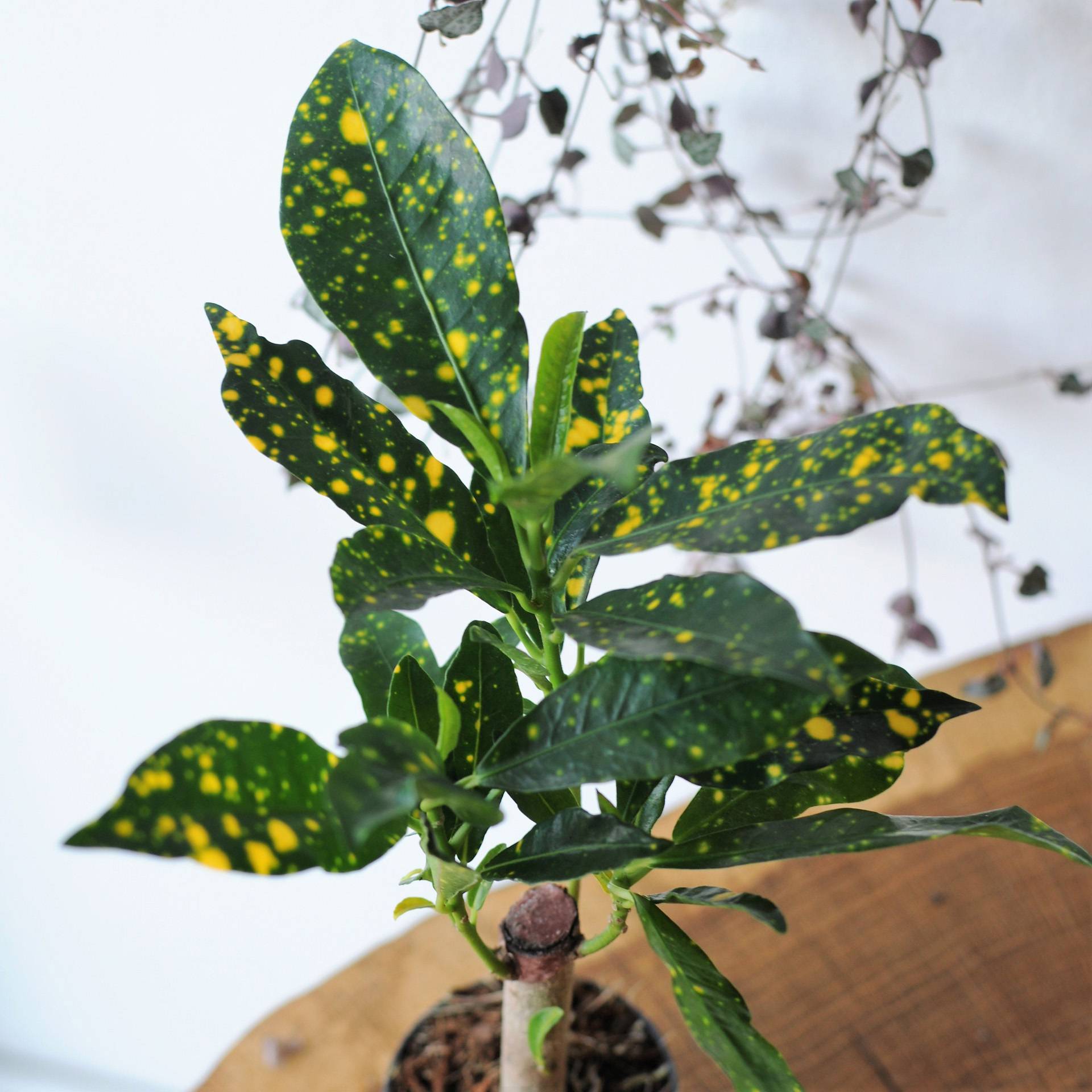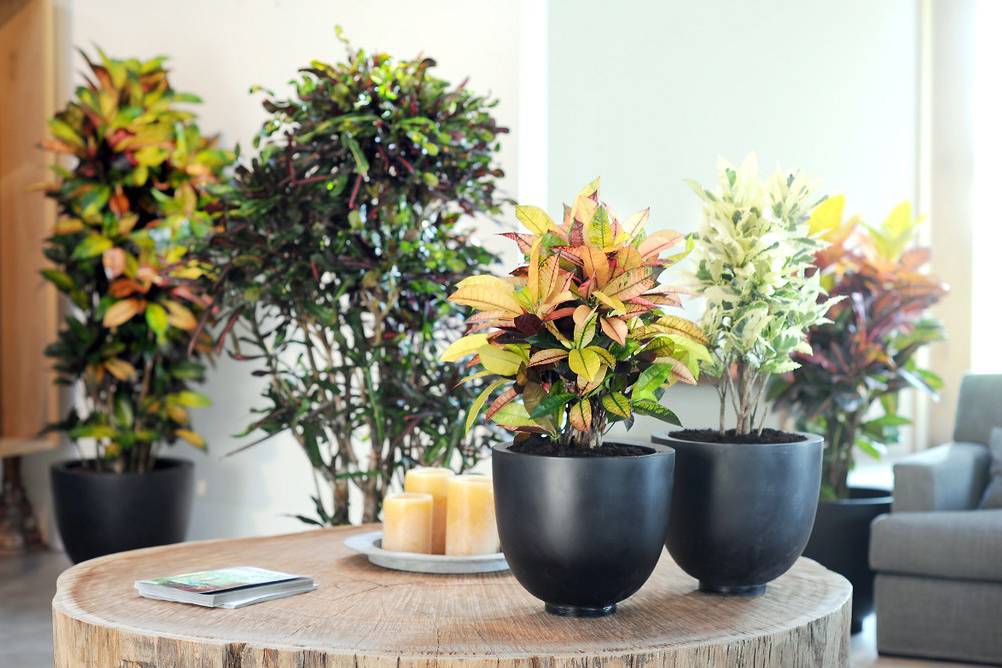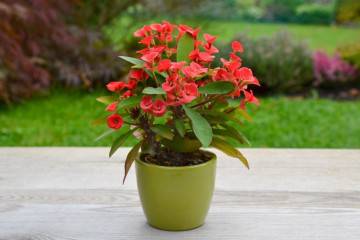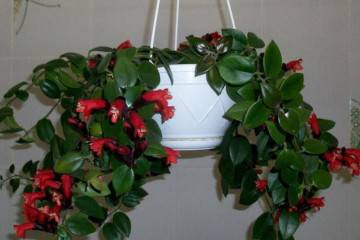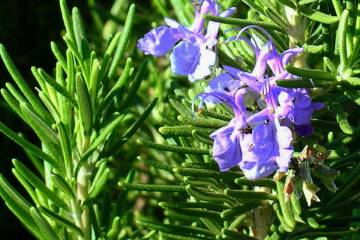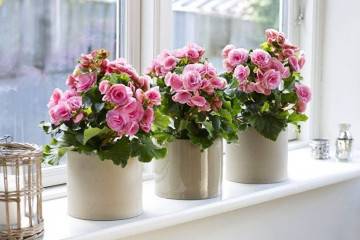Croton flower - reproduction at home, what are the ways
Content:
Croton, which requires effort to reproduce and care for, is a very spectacular and, one might even say, exotic indoor flower. But to call him unpretentious is hardly possible, for full development he needs constant attention. Despite the capricious nature, this plant can be successfully grown and propagated. You just need a little patience, knowledge and perseverance, and the flower will decorate the house with its original look.
How to propagate croton at home
There are several ways.
You can get a young copy of such a plant in several ways:
- preparation and planting of cuttings;
- sowing seeds with subsequent picking;
- forced formation of aerial roots;
- division of an adult plant;
- rooting of the leaf.
How does croton multiply at home? More on this in more detail.
Propagation by cuttings
This method is quite simple and effective. For this reason, it is used by flower growers more often than others.
The process of obtaining new croton seedlings itself consists of several stages:
- Preparation of cuttings. To obtain good planting material, it is possible to use the apical parts of the plant, young and lignified shoots. The length of the cutting should not exceed 10 cm and have at least one bud and one leaf.
- Cut processing. The cut site must be rinsed with water or wiped off with a napkin. It is better to treat the cut itself with ash for disinfection.
- Air exposure. After processing the cut, the cuttings should be laid out on a napkin or cloth and left for 2-3 hours at room temperature.
- Landing. You can place the cuttings directly into the ground, but it is also allowed to place them in water to form roots. When landing in the ground, a shelter is required, which should be periodically opened for ventilation.
- Picking. After 25-30 days, a root system should form. At this stage, you should plant the seedlings in separate pots.
Before planting, the cuttings can be treated with a preparation to stimulate the development of the root system. If it was decided to place them in water for the formation of roots, the cuttings themselves do not need to be processed. The drug is added directly to the prepared container with water.
Apical cuttings
Quite often, croton tops are used to obtain planting material. When preparing a cutting from this part of the plant, it should be borne in mind that after the cut, two leaves and one bud should remain on it. The lower leaves should be removed.
The rooting process for apical cuttings is otherwise the same as that used for material from other parts of the plant.
Seed propagation
Getting a new plant from seeds is a very laborious and time-consuming process. Breeding in this way is only possible for experienced growers. As a rule, it is used if there is a desire to get a plant of a rare variety, or in the absence of the opportunity to resort to other methods.
The procedure for growing croton from seeds consists of several stages:
- Soak. Before planting, the seeds are first kept for 30 minutes. in hot water, and then leave for 24 hours in water at room temperature.
- Tank and soil preparation. The sowing container should assume the installation of a shelter: it can be made of film, glass or plastic. The composition of the soil should include peat and sand in a 2: 1 ratio.
- Sowing. The seeds are buried 1 cm in the ground. Immediately before sowing, the soil should be well moistened.
- Shelter installation. To maintain the required humidity, the shelter cannot be removed at first. Watering is done in a pallet.
The germination process takes about a month. After the emergence of seedlings, they gradually begin to open the greenhouse, thus the young flowers are gradually hardened. The pick should be carried out after the third leaf appears on the seedlings.
Propagation by air layers
The use of this exotic method implies one prerequisite - the presence of an adult specimen of Croton. The plant must have a lignified shoot.
To obtain aerial roots, the upper part of the adult shoot is used, since it will be cut off later. The selected area is freed from the bark, wrapped in moistened moss and fixed on top with plastic wrap.
For a successful result, it is necessary to ensure that the moss remains moist at all times. After 1-1.5 months, you can count on the appearance of an aerial root system. The upper part of the shoot with roots can only be transplanted into the ground and provide the young plant with full care.
Leaf propagation
This method is very similar to the grafting method, but less effective. Often, even if the roots have developed well, after planting in the ground, growth stops and the plant dies.
The formation of roots on the cut plant fragment can be achieved in two ways.
- a leaf with a bud is placed in water with a growth stimulant added to it;
- the trim is immediately planted in the ground under the greenhouse.
In both cases, the same step-by-step method is used as for propagation by cuttings. The only difference is that cut leaves do not need to be kept at room temperature for drying.
Reproduction by part of the root
Croton has the ability to form basal processes. As a rule, this ability appears in mature and well-developed plants.
To get a new instance by dividing the root system, you should follow a certain order of actions:
- The day before the procedure, the plant should be well watered. This will make it easier to split the root system.
- After removing the plant from the pot, separate the basal processes from the main root.
- An adult plant is transplanted into a new pot, and young seedlings are placed in separate containers with a shelter installed on them.
This method is very effective. Its disadvantage is only that it is applicable only in the presence of a well-developed plant with basal shoots.
Rooting process and planting
For effective rooting of young plants obtained by cuttings, layering, seeds or division, certain conditions must be observed.
- Saplings are planted in nutritious and light soil. It is best to purchase it from a specialist store.
- To accelerate root formation, cuttings or a cut leaf should be treated with a preparation to stimulate growth.
- After the young plants get stronger and grow, they can be transplanted into a larger pot. After that, we can say that a new full-fledged croton has been obtained.
Seedling care
Young plants are very vulnerable and demanding to care for. Success can only be achieved by providing young plants with adequate care. You need to know in advance how to root croton and how to care for it.
Humidity is an important factor. Installing a shelter made of glass, film or plastic will maintain the climate necessary for the full development of not yet mature croton seedlings. Periodically, you should open the greenhouse for ventilation in order to avoid the development of fungal diseases, as well as to harden the plants.
It is also necessary to maintain the moisture content of the soil and prevent it from drying out. Seedlings are in dire need of moisture during rooting and the first weeks of growth.
From the end of March to the beginning of October, it is recommended to make top dressing. To do this, it is better to purchase a liquid complex fertilizer specifically for these types of indoor plants.
Croton is a demanding plant. Reproduction and care for him must be carried out strictly according to the rules.
Diseases and pests
Among the diseases and pests of croton, there are several, the most common. These include anthracnose and root rot, and pests include scale insects and spider mites.
Anthracnose is a fungal disease caused by overmoistening or hypothermia of the roots. Hypothermia is usually caused by cold watering. The appearance of gray and red spots on the leaves is the first symptom of this disease. At the first sign, you should immediately resort to treatment with special preparations.
Root rot is also caused by excess moisture in the soil. It can be caused by improper soil composition or lack of drainage in the pot. If croton leaves turn pale and fall off, chances are high that these are signs of root rot. In this case, it is better to transplant the plant into a new pot and change the soil. After the transplant, chemical treatment is also necessary.
Spider mites and scale insects are the most common pests that can harm croton. Signs of spider mite damage are the appearance of white spots on the leaves and cobwebs. When the scabbard attacks, dark spots appear on the stems of the plant. In the fight against these pests, special treatment preparations and regular washing of the leaves will help.
Croton both reproduces and grows quite difficult. This can only be done by experienced flower growers. But with due diligence and perseverance, you can still achieve success in this difficult task. The breeding process can be carried out in several ways. Croton allows propagation by leaf, cuttings, seeds and layering. For each case, you can choose the most convenient and acceptable one. With proper care, you can get a full-fledged plant from young seedlings, which will become a highlight of the interior. Such a handsome man will not be ashamed to show his colleagues, flower growers.



